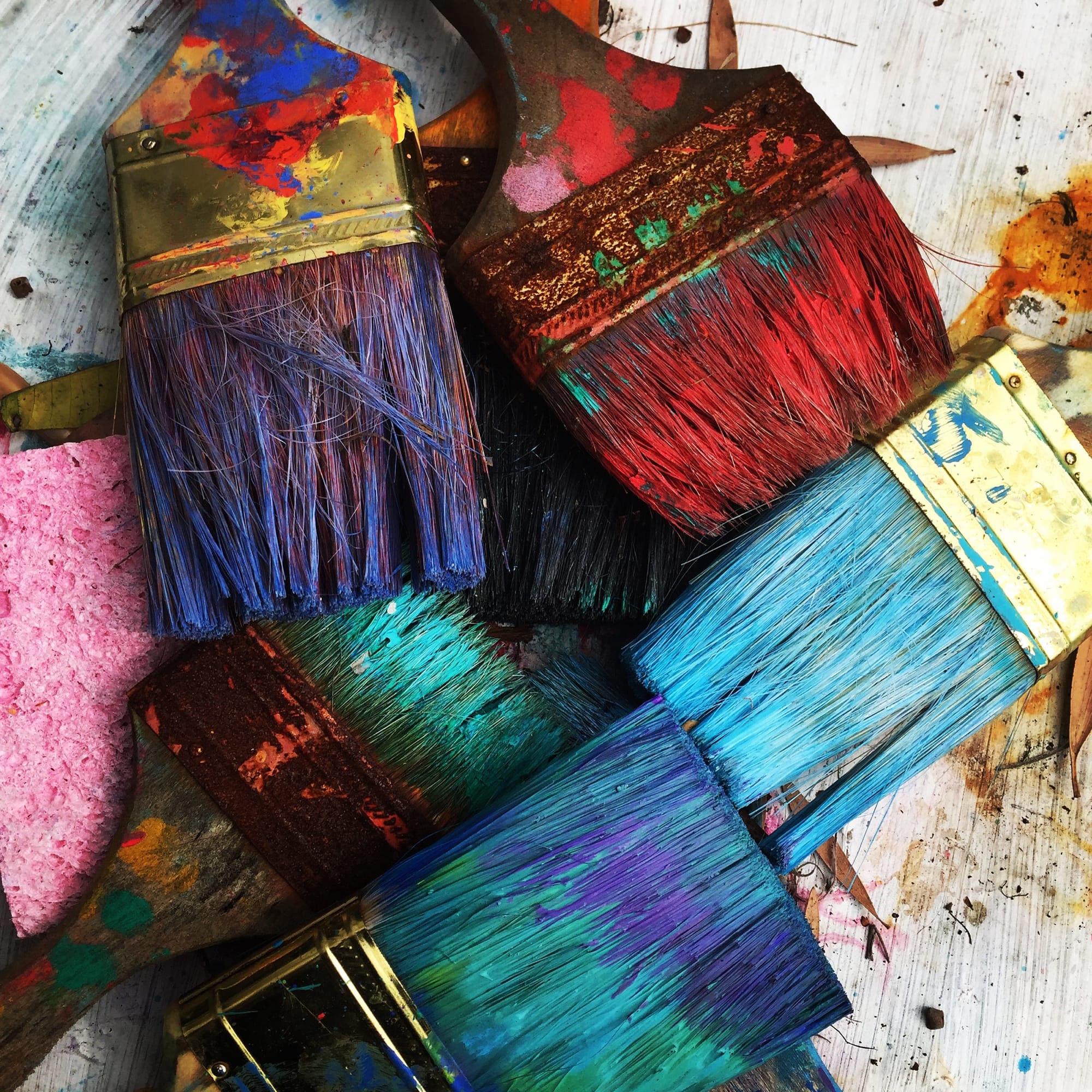Psychological Freedom and Interpretations

In the later years of the guided dreamwork with my trusted friend Alan, I remember vividly how I grew so unbelievably tired and weary of approaching my dreams conceptually and to ponder the images there in Jungian terms of archetypes, anima, animus, opposites, shadow figures or symbols of the Self, etc.. I outright refused to consider any kind of interpretation but insisted on simply recording what I saw and sensed and to ponder, walk with and talk to the images directly. It was strange, however somehow, I lost any interest in the meaning of it all; all I was curious about was what was happening. There was no desire anymore to know where I was going or if I was going anywhere with myself. I was happy to just live with the images and attune myself and my view of life to their poetic nature. It is so lovely merely to observe it all. Just to ponder the strangeness of all this immaterial activity, to let your thoughts and imagination roam free, and to allow your instincts to navigate this realm as best as they know how. I never felt healthier or happier than when I finally let go and just went with it – just let things happen in the psyche, and paid homage to the adventure by recording the explorations. It is there, where you appreciate and understand the nature of psyche’s instincts and the nature of its images as poetic and meaningless, that you get the chance to make discoveries and record the emergence of new myths. It has been extraordinary for me to witness how the deeper you rely on your gut instincts, the more confidently you live through your imagination and thus the more primitive you effectively become, the vaster and more open your inner space grows and the closer you feel with nature. I further discovered that the more seriously you commit to living in the obscure depth of the archetypal imagination, the more relaxed and lucid your relationship with conscious life becomes. I will never forget the day when I suddenly started to have visions and apparitions during the daytime, what wonderful and extraordinary insights I gained through the imaginal conversations I continue to have this way, and how remarkably and respectfully they never interfered with, but merely accompanied my thoughts, interactions and decisions taken in my life and in the world. It is a tremendous honour to be afforded this experience because the psyche is telling you that it sees you as its equal now, and it allows you the freedom to respond to it directly. In the night-time, you do not have much say – you are pretty much at the mercy of what the dream will show you. In the daytime, however, you can interact, and respond to what you see with a lot more autonomy and conviction. In hindsight, I feel the change in how I was more consciously able to relate to the unconscious came at a point, at which I felt so incredibly loved by human nature for affording me so rich an imaginal experience. I simply could not stand in the way of psyche’s own organic development that drives it to see my character and my life through its eyes and to allow it to reveal the image it has of me. I accepted it and surrendered to this reality. It is at that point, it seems, where the unconscious can be sure that you take it seriously and let it freely speak in its own language that it will meet and talk with you when you are conscious. Freedom in the unconscious ultimately means you go with it, that is what I had learnt. When you move alongside it, align your instincts and your imagination with that of it, you create endless room to breathe and to be – a kind of freedom that even for those intimately close with the primal psyche is not humanly imaginable in the end. While it feels intense and relentless often, the collaboration with the unconscious is simple and unassuming really – it instinctively produces images, which it itself can only sense but not see. You see them on its behalf, but immediately return them to your senses, i.e. you find their gut instincts and place them firmly into yours. It is futile to take psyche’s images at face value for that reason, you must precisely not be lured in by what it is you see, but what instinctual movement and reality is represented by the image. Don’t be distracted by the darkness, the violence or the danger an image might represent on the surface. You need to learn to see it without effectively seeing it at all for what it appears to be and what you think it is. What are the unique senses represented by the figures you encounter? What is the sensation they arouse in you and where does your imagination take you to allow the instinct to stay intact and continue to sustain (its) psychological life? That is where your attention needs to go. This is what you need to make conscious. Image and instinct inform each other this way in an ongoing collaboration and conversation, where intellectual interpretations may be a starting point, but must never take over or interfere with this seasoned working relationship and intimate bond.